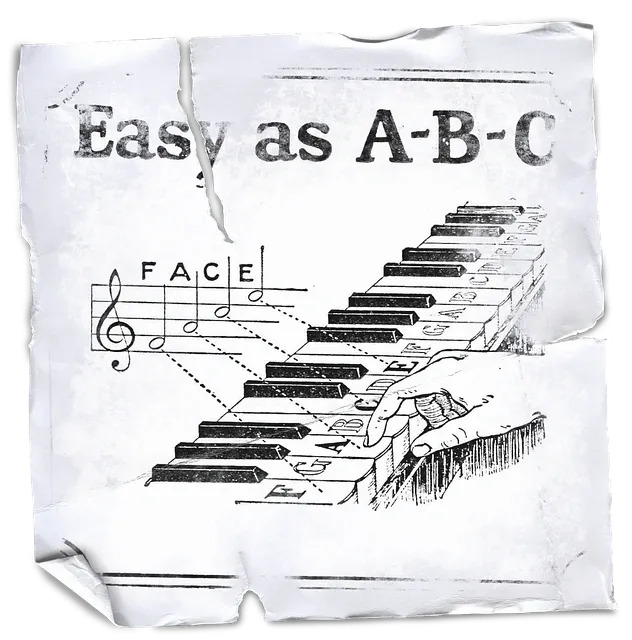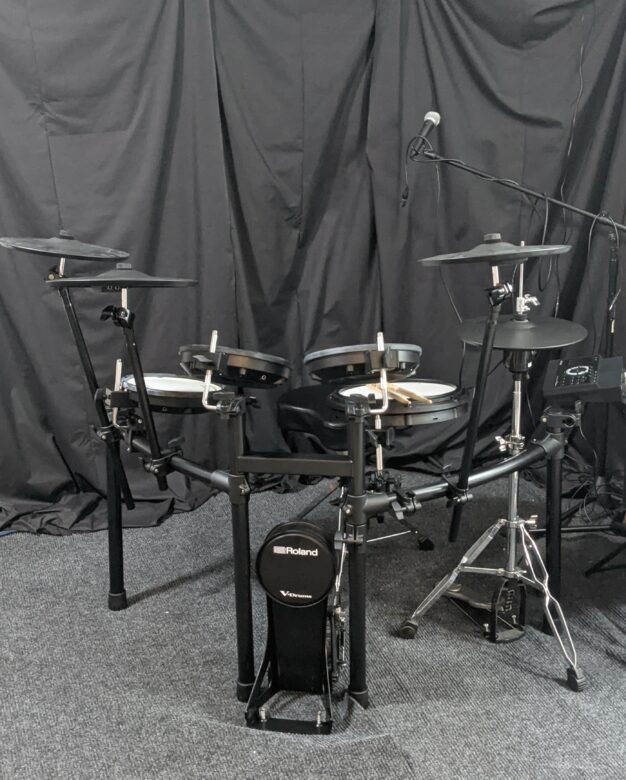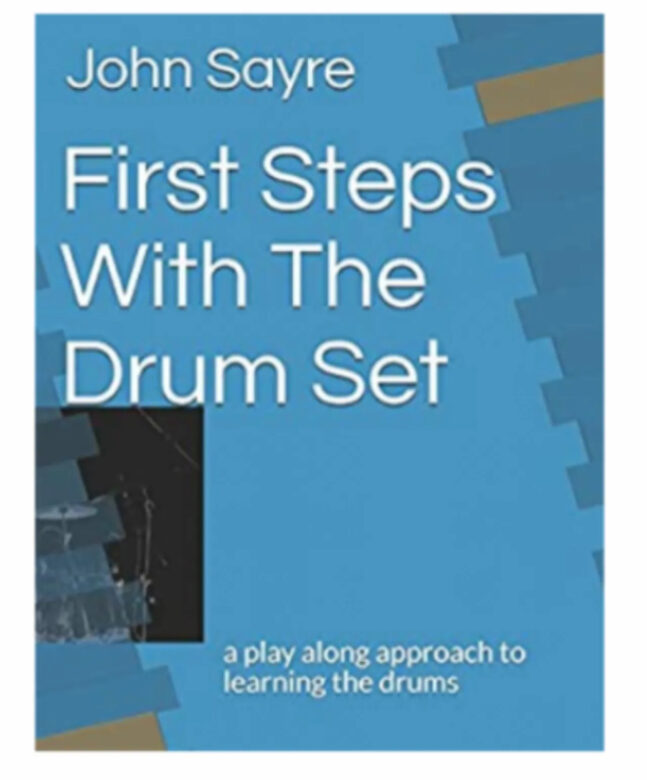
We all want the best for our children, whether they attend public/private school or are homeschooled. We want to nourish them on healthy fare for their bodies and their minds–to offer them a balanced and well-rounded education across the various subject areas.
All too often overlooked in certain educational settings, the study of music offers too many benefits to list in this post (perhaps a separate post is in order). If you are already a believer in those benefits, then read on for a few tips on incorporating music into your homeschool curriculum or after school activities.
These are all ideas I have personally used (and still use) as a former homeschooling dad, with modifications to fit our children’s ages during that time. These resources and examples are not focused on a single age group so be sure to modify as you see fit.
YouTube
Come back, come back. I get it—random cat videos and kids watching other kids play video games. Stay with me though—YouTube has so much more to offer. There are countless high-quality videos of musicians performing all types of instruments in countless styles. When I homeschooled my own children I used this platform as an end in itself, and, as a jumping off point for history, religion, language (Latin in our case), and literature lessons.
Hilary Hahn performing J.S. Bach on the violin? Check.
World-renowned trumpeter and educator Wynton Marsalis performing and teaching the roots of American music at Harvard? Yep, YouTube has that too.
Leonard Bernstein seated behind a piano, teaching school children about melody? Sure thing.
Now, there isn’t a thing in the world wrong with sitting back and enjoying music as it washes over us. There are far less productive ways for a child to spend his or her time than by relaxing to Mozart, Miles Davis, or the Mamas and the Papas.
Parents, though, can guide their children to engage further with the music by asking the child to describe (verbally and in writing) how the music made them feel. Ask them to pretend they were a movie director and they had to use the music they heard in their soundtrack. Would it be a comedy scene? A chase scene? A fight scene or the dreaded romantic scene?
This game can also be used as a segue to a writing lesson. Have the student write a short story about two friends that starts like Sweet Georgia Brown, passes through Pavane pour une infant défunte by Ravel, and ends with the main theme of John Williams’ Superman .
The first link alone (Hilary Hahn playing violin) is chock full of opportunities to make connections to so many other disciplines: What is the violin made of? Where did it originate? What is the most expensive type of violin? Why? Where are most violins made today?
YouTube, Netflix, Hulu, DVDs—these are all fantastic resources to open your child’s eyes and ears to a thousand different possibilities in the world of music. These resources make for a passive experience though—educational and convenient, yes, but still passive.
Let’s get to my favorite part; actively engaging with music. Like many of the best things in life; whether dancing or picking steamed crabs, no one looks terribly dignified on their first attempt. Making music is no exception. Out of tune squawks and squeaks, shrill notes and missed notes. Patience, grit, and the ability to laugh at oneself are all key–to learning to sing and play an instrument, and to navigating through life.
In my perfect world, every home would house a piano or keyboard, in addition to a few other instruments. However, this world is neither mine nor perfect. To start, let’s talk about our first instrument; the voice.
I am not a good singer. Not by a long shot. But, singing is an instrument that comes cheap and doesn’t require a layaway plan.
Do you remember the “doe a dear, a female deer” scene from The Sound of Music? It is an excellent example of solfege. Pay special attention to the staircase portion of the movie scene—it is a helpful visual representation of the notes of the major scale: “do-re-mi-fa-sol-la-ti-do”. Speaking of visual representations of music, I absolutely love this solfege exercise video–very clear and well thought out.
If you don’t have a piano or keyboard to play for your kids, and even if you do, work through the previous link’s quick video each day with your kids and you will hear their musical ear start to develop.
This blog post does have the word “budget” in its title after all, so, be sure to look for free and low-cost vocal ensembles to join near you. Again, your voice is free, you already own it. In my last blog post I highlighted a few groups in the Frederick area that offer performance opportunities. Obviously the Frederick Children’s Chorus is a top choice for your child, but no doubt there are other church/civic choirs near you.
Music belongs to all of us and everyone has the capacity to appreciate it and perform it in some capacity. If you have an internet connection then you have a wealth of practically free resources at your fingertips to share with your child. I hope this encourages you to share some of the best music this world has to offer with your family–and on the cheap no less!
(In a future blog post I will dive into ways to utilize the piano to further your child’s musical education).

